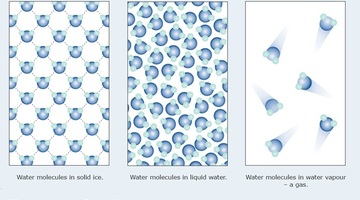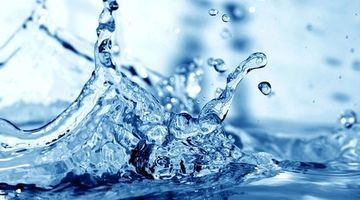

In this activity, students use water to explore its properties as a solid, liquid or gas. By the end of this activity, students should be able to: identify one or more characteristics of water in ...
READ MORE

In this activity, students examine the role of heat as water changes from a solid to a liquid to a gas and back again. By the end of this activity, students should be able to: identify a logical ...
READ MORE

In this activity, students learn about the surface tension of water by experimenting with bubbles. By the end of this activity, students should be able to: demonstrate the effect of soap on ...
READ MORE

Be part of a worldwide movement and use Global Earth Challenge to submit or classify photos to help our planet’s environment and human health. Global Earth Challenge is a citizen science campaign ...
READ MORE

This citizen science project wants your assistance to extract information from various climate scientific graphics to help combat misinformation and support scientific communication. Using this ...
READ MORE

Water has unusual properties that make it different to other liquids. It is the only common substance that is naturally found as a solid (ice), liquid (water) or gas (water vapour). Water has the ...
READ MORE

About 70% of Earth’s surface is covered by water. It is found just about everywhere and is the only naturally occurring substance on Earth existing in solid, liquid and gas states. Water is ...
READ MORE

Seaweek is New Zealand’s annual national week about the sea. It is coordinated by the Sir Peter Blake Marine Education and Recreation Centre (MERC) and includes a wide range of events ...
READ MORE
Dr Ross Monaghan from AgResearch at Invermay in Otago explains the importance of phosphorus and then talks us through phosphorus cycle. Jargon alert Ross mentions that phosphorous is adsorbed to ...
READ MORE
Dr Ross Monaghan from AgResearch at Invermay in Otago talks about fertilisers – what they are and why they are used on farms. Point of interest: Ross talks about using a nutrient budget for ...
READ MORE
Sanjay Kumarasingham (Watercare Services Ltd) talks about how microorganisms and viruses are zapped by UV radiation with a wavelength of 254 nm.
READ MORE

An interactive showing the main components of the terrestrial nitrogen cycle. Select one of the buttons to find out more. Go here to view the full transcript and copyright information.
READ MORE

Sea stars have many weird and wonderful adaptations including both sexual and asexual reproduction. Click on any of the labels in this interactive to view short video clips or images to learn ...
READ MORE

Sea stars have many weird and wonderful adaptations – including some unusual internal systems. Click on any of the labels in this interactive to view short video clips or images to learn more ...
READ MORE